When we talk about wellness, we often acknowledge only the mind, but as a famous ancient Roman poet once said, “Mens sana in corpore sano,” meaning that the mind can be healthy only in a healthy body, and he had no idea how right he was.
Exercise is generally healthy for our body, but not all exercises and practices benefit our mind as much as they do our body. It’s not random that many practices in the world like martial arts and yoga, include meditation, visualization, and mindfulness. These disciplines were created in order to restore the balance between our mind, spirit, and body.
With this in mind, let’s explore three powerful practices: yoga and stretching, soft martial arts like Tai Chi, and dynamic exercises such as shadow boxing. These practices can help you achieve a holistic state of wellness, transforming the way you approach your physical and mental health.
Relax your body: Stretching and Yoga
Stretching is a fundamental practice to foster a good mental and physical healthy lifestyle. Just muscles and strengths are nothing without the flexibility to put them to good use. And this is a philosophy that adapts both for the body and the mind.
Stretching doesn’t have the sole purpose of extending your muscles and decreasing your joint stiffness, but while doing so, it also releases stress and relaxes your mind. It has been proven by a study that participants who engaged in 10 minutes of stretching sessions experienced immediate improvements in mood and cognitive functions compared to a non-stretching group. This is why this category of exercises is so rooted in the discipline of Yoga.
Yoga, being the ancient and wise practice that it is, figured out millennia ago how to unite the body and mind with the mission to achieve enlightenment; in the Buddhist religion, it is believed that by calming the mind and body, practitioners can transcend worldly distractions.
The described balance of this practice isn’t just a concept; it’s brought to life through the poses and movements that yoga teaches. These poses are more than just physical exercises they’re tools to quiet the mind, release tension, and build strength. Some poses are more aligned with the body, and others with the mind, here are some poses that can give mental and physical benefits equally.
Yoga Poses
1. Sun Salutations (Surya Namaskar)
Sun Salutations are a dynamic sequence of poses that stretch and strengthen the entire body while promoting circulation and detoxification.
This flow includes forward bends, backbends, and lunges, which engage the spine, hips, and core.
This salutations improves flexibility, strengthens muscles, and enhances cardiovascular health. Studies, like those published in Yogala highlight its benefits in reducing anxiety and improving physical stamina.
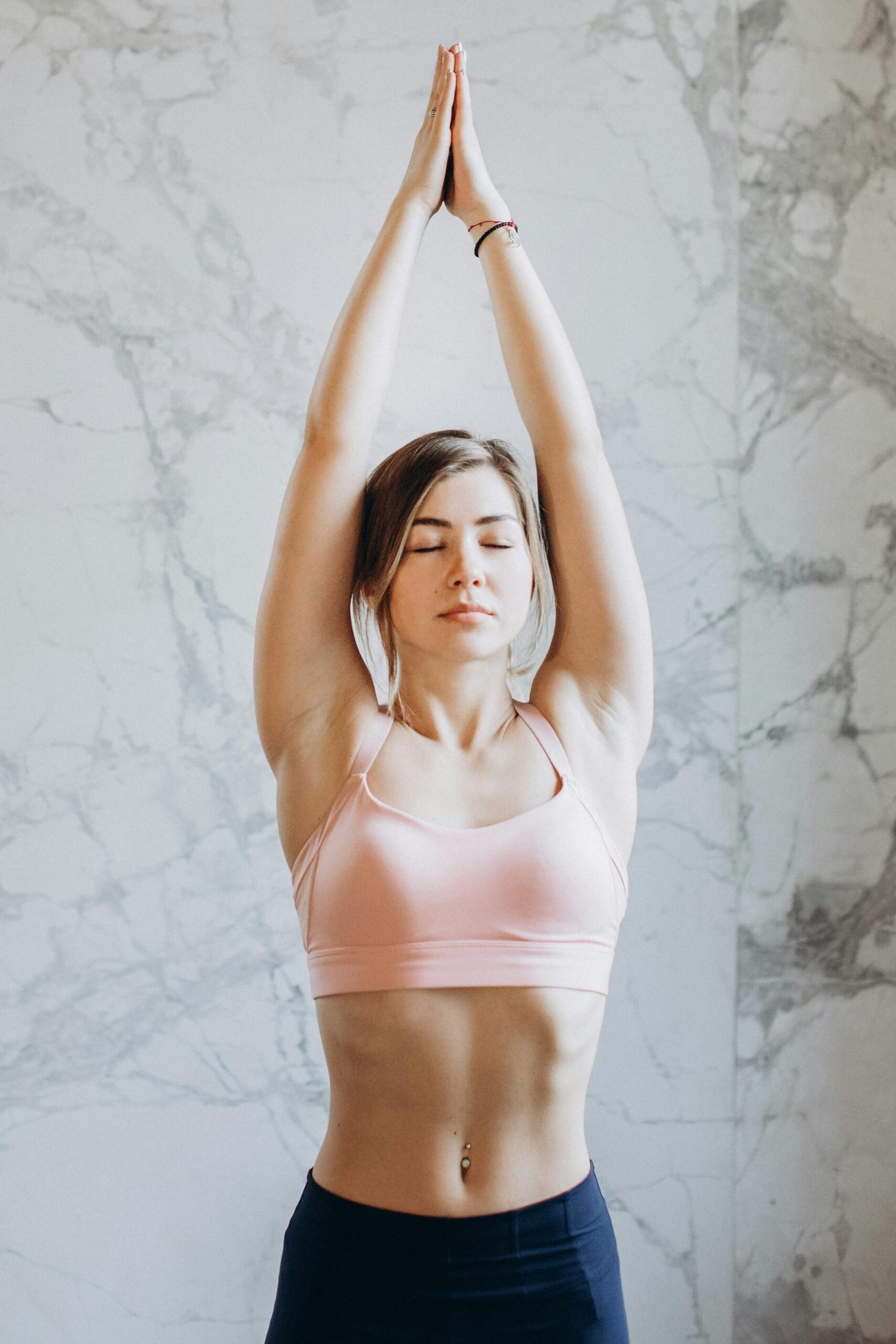
2.Child’s Pose (Balasana)
A restorative pose that gently stretches the lower back, hips, and thighs while promoting relaxation.
To do this pose, go on both knees, then reach with your hands as far as you can get and touch the ground, now slowly go back until your heels touch your butt, still keeping your arms as stretched as possible, and keep your forehead in contact with the ground, stay like this for 2 to 3 minutes.
The child’s Pose does wonders to relieve tension in the lower back and neck, making it excellent for stress-related aches.
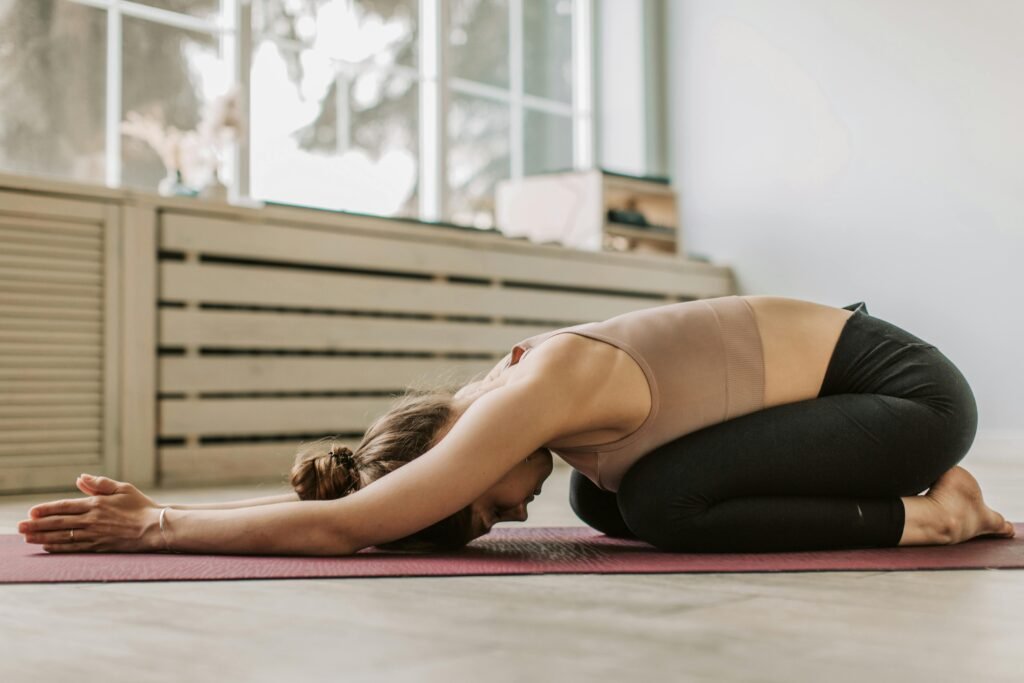
3.Corpse Pose (Savasana)
Often practiced at the end of a yoga session, this pose involves lying still on the mat with mindful awareness.
After lying down on your mat keep your body still and relaxed, and start doing either a body scan meditation or a visualization exercise. You can also utilize different apps for a guided meditation while doing this pose.
The Savasana promotes a sense of renewal and rest in both the body and the mind. A study in The British journal of Sport Medicine highlights how deep relaxation techniques like Savasana improve mood and reduce symptoms of depression.
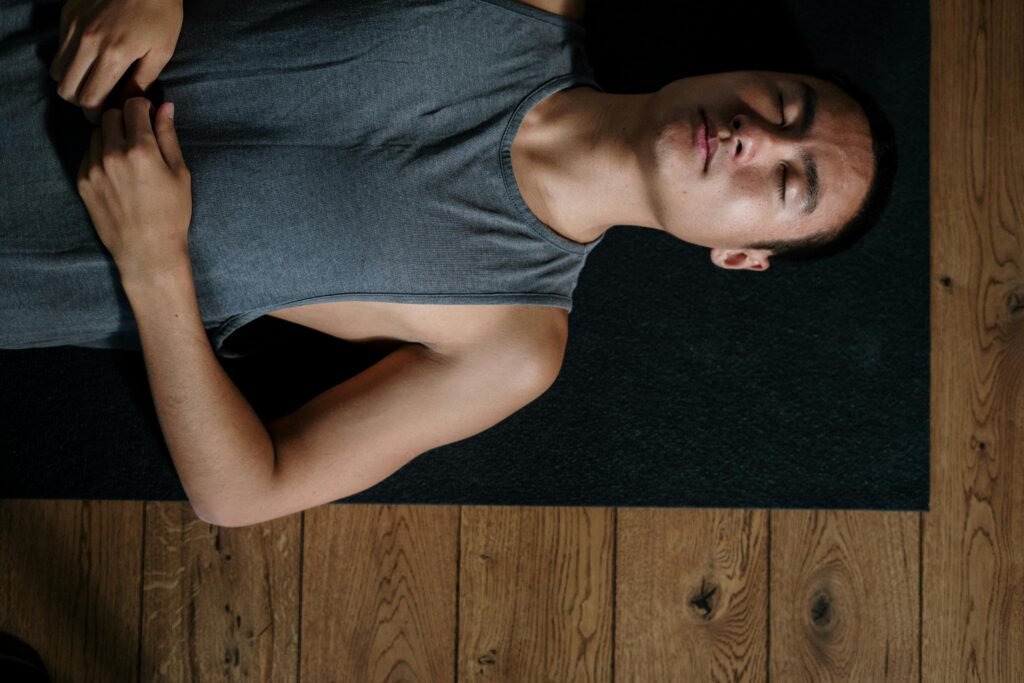
There are many more techniques of this kind, ones that are able to expand the awareness of your mind and give physical benefits to your body. However, stretching and yoga are not the only practices useful for mindfulness and for a better mind-body balance.
Mindful Movement: Tai Chi and Kata
Tai Chi and Kata are ancient practices that perfectly embody the harmony between mind and body. These disciplines are rooted in martial arts but focus on slow, intentional movements that engage the body while fostering mental clarity and balance. Unlike high-intensity exercises, Tai Chi and Kata are meditative, emphasizing mindfulness, breath control, and deliberate motion.
Tai Chi
Tai Chi, often referred to as “meditation in motion,” is a Chinese martial art that consists of gentle, flowing movements. These movements, combined with deep breathing, promote relaxation and enhance body awareness.
This practice is inspired by the continuous Yin Yang cycle, constantly changing from one principle to another in movements containing emptiness and fullness, adapting to the movements of others, inspiring and following roundness.
It’s focus is on flexibility and has been the foundation for countless martial arts that focuses not on personal power, but on using the adversary’s strength against itself. Outside of the fighting specter, tai chi has incredible movement sequences that will make you focus on your entire body, increasing both mindfulness and awareness and your equilibrium.
The base position of Tai Chi is a simple posture: stand tall with feet shoulder-width apart, knees slightly bent, and arms relaxed at your sides. Slowly shift your weight from one foot to the other, synchronizing the motion with your breath. Imagine moving through water, fluid yet controlled.
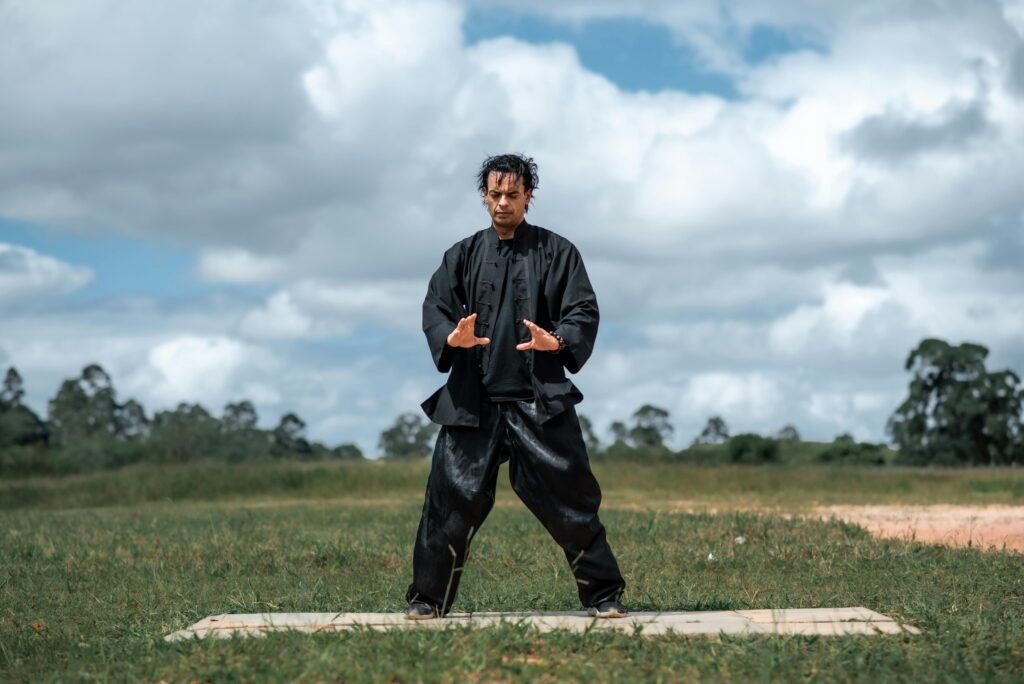
Tai Chi has been shown to reduce stress, improve balance, and enhance overall well-being. A systematic review published in BMC Complementary Medicine and Therapies found that Tai Chi practice is associated with improvements in psychological well-being, including reduced stress, anxiety, depression, and mood disturbances, as well as increased self-esteem.
Kata
Kata, a structured series of movements practiced in martial arts like Karate, is much more than a physical exercise, it’s a mental discipline.
Each motion in Kata is deliberate and precise, requiring focus and mindfulness to execute correctly. By repeating these sequences, practitioners not only develop strength and coordination but also cultivate a deeper connection between their mind and body.
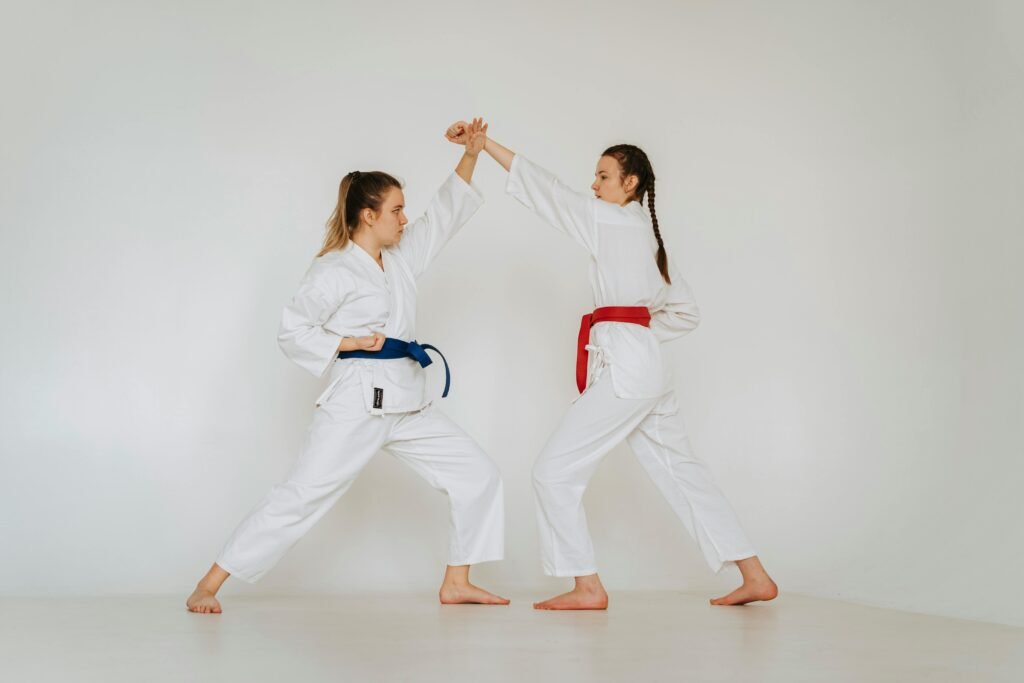
To try a simple Kata, begin with a neutral stance, then step forward into a defensive position, followed by a controlled strike. Repeat this sequence several times, focusing on each movement’s precision and flow. By doing so, you engage both your mind and body, creating a meditative state within a physically demanding practice.
The benefits of Kata extend beyond physical fitness. Its emphasis on discipline and repetition provides a grounding effect, helping to alleviate stress and improve emotional resilience.
Kata bridges the gap between physical exertion and mindfulness, offering a unique way to strengthen the body while calming the mind. It’s a practice that transforms simple movements into a powerful tool for personal growth and well-being.
These arts are an approach to techniques and to your ability to stay concentrated, they are well balanced in both mind and body, basing themselves on ancient philosophies that targeted mental clearness and mindfulness, but there are more energizing forms of martial arts than can focus more on physical benefits while still giving mental ones.
Energize your Mind and Body: Shadowboxing or KickBoxing
Shadowboxing and kickboxing are high-energy practices that offer both physical and mental benefits. While they are often associated with combat sports, their value goes far beyond training for competitions. These disciplines are tools to enhance focus, release stress, and build confidence, making them an excellent choice for building a strong mind-body connection.
Shadowboxing
Shadowboxing involves practicing punches and movements without an opponent, allowing you to focus entirely on your technique, rhythm, and form.
This practice is not only a workout for the body but also a mental exercise, as it requires concentration and visualization.
To try shadowboxing, stand in front of a mirror and perform basic combinations such as a jab-cross-hook or 1, 2 sequence. Move deliberately, paying attention to your posture and balance especially looking for your feet posture. When you focus on your technique for several minutes you’ll increase your focus capabilities as well as release stress.
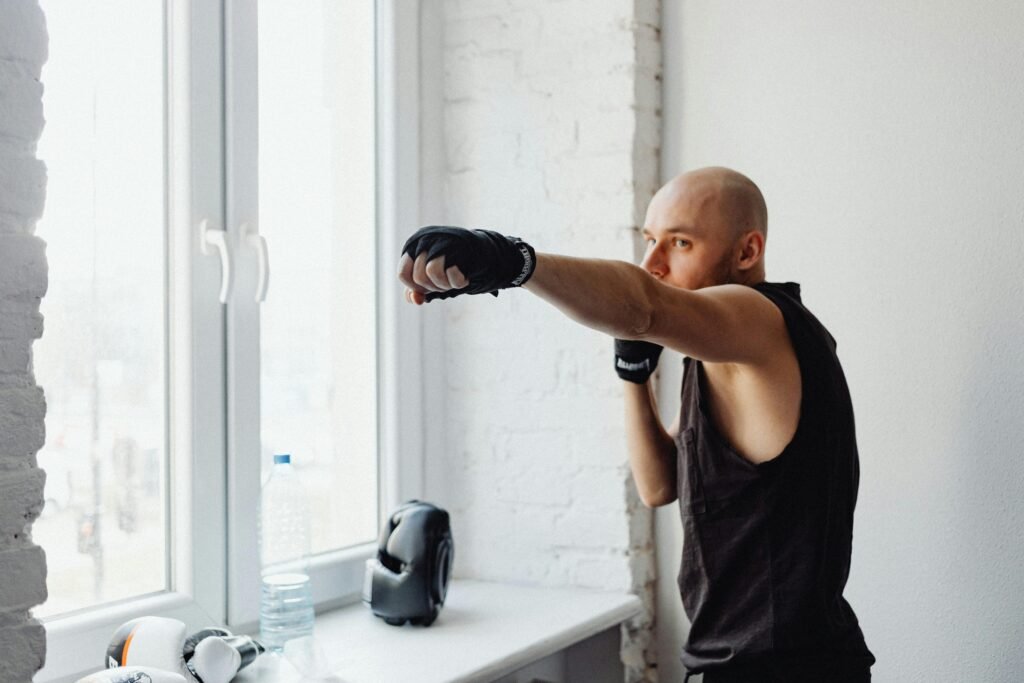
Kickboxing
Kickboxing adds a dynamic element to shadowboxing by incorporating kicks, strikes, and defensive movements into your routine.
This full-body workout is an excellent way to build strength, endurance, and flexibility. Beyond its physical benefits, kickboxing is a powerful stress reliever. A study found that individuals who participated in kickboxing reported reduced levels of stress and improved overall mood.
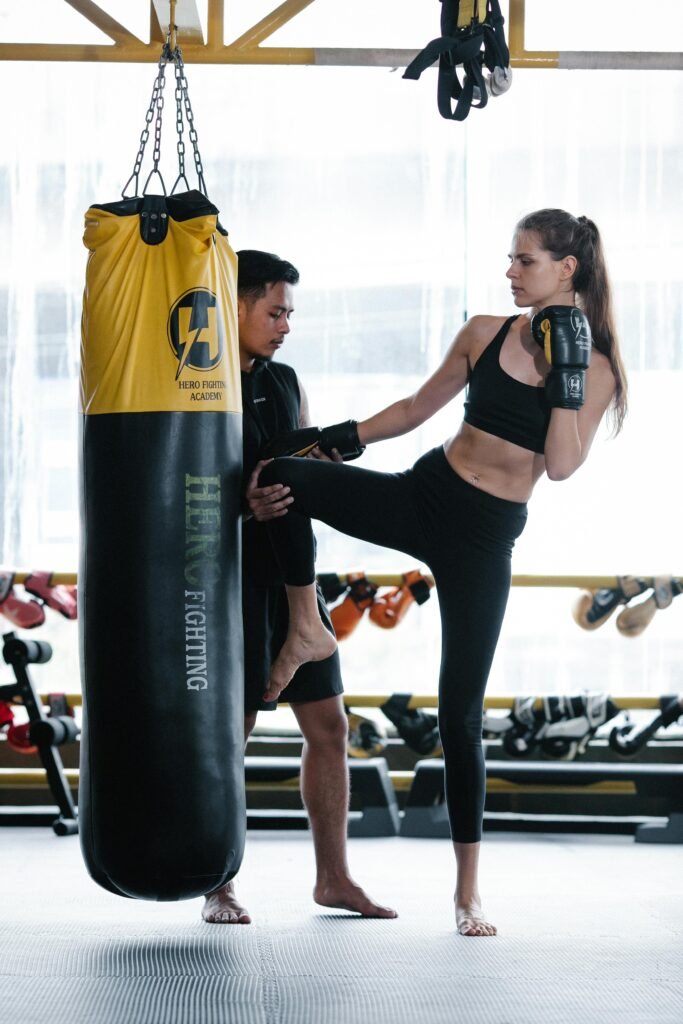
A simple kickboxing routine might include alternating technical kicks and punches, focusing on controlled breathing and precise movements. This combination not only elevates your heart rate but also helps clear your mind, leaving you with a sense of accomplishment and clarity.
As you practice, you’ll find that the rhythm of movement creates a meditative quality, helping you connect with both your physical and mental strength. These martial arts are a testament to the idea that motion can be a pathway to mindfulness and self-improvement.
Final Thought
There are many more martial arts, sports, and practices that you can do in order to achieve a better physical and mental healthy lifestyle, such as swimming and running. These are the most renowned for their ability to increase focus, mindfulness, awareness, and release stress in order to achieve a better holistic mind-body lifestyle.
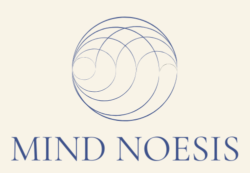



Pingback: 5 Quick Breathing Exercises to Stop Daily Anxiety -
Pingback: The 10 Worst Things that Clutter Your Clarity and Focus -